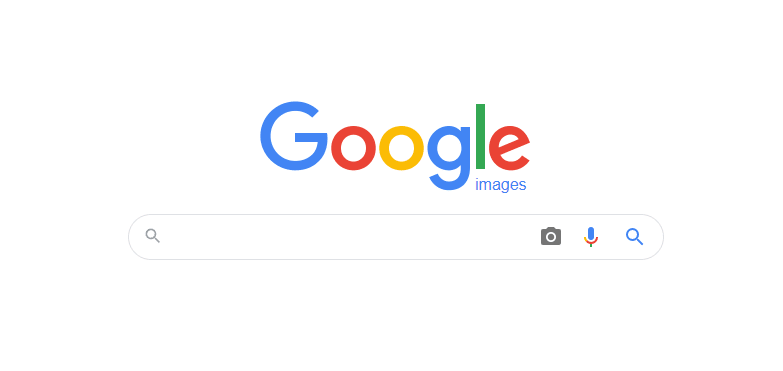Searching for groups of duplicate images in a dataset is incredibly error-prone and time-consuming. Therefore, there is a need for a magic trick to automatically locate and remove duplicate images from large and deep datasets. Well, Today, we are going to reveal the tested modern techniques and basics of finding duplicate images in minutes. If you are wondering, “Finding Groups of Duplicate Images in Very Large Datasets”, then stay focused because we are getting into the flow of information.
Detect Duplicate Images by using the Reverse Image Search Technique
Knowing and preventing duplicate images is essential to strengthening the value of your image assortment. So, the answer to the question” What is the best technique to find duplicate images from large datasets” is Reverse Image Search Technique that will always prove best for you to fulfill your needs.
What is exactly meant by the Reverse Image Search technique?
In simple speak, reverse image search or RIS is an advanced method of search engines that scan the web to fetch images that you like to see. The system works with current Google Algorithms and AI (Artificial Intelligence) that uses a sample image as a query to pay back similar results. For example, you want to discover cute cats; for this intention, you are required to search by image using a cat picture instead of keywords. It is a great way to explore the world of images in minutes.
This technique is not only helpful in finding duplicate content. But it is also beneficial to locate the source, similar images, fake news, and high-quality pictures. The best thing about this modern method is it puts efforts into in-depth scanning from large datasets to provide a huge variety of accurate results.
Read: 10 Best Ways to Find Anything in Google Drive
How does This Technique Work with Large Datasets?
Reverse image search technique is a content-based image retrieval (CBIR) query that includes empowering the CBIR network with sample images that work with large datasets to provide duplicate images; regarding information retrieval, the input image is what prepares a search query.
This is the method of computer vision systems to the image retrieval situation, that is, the key of scanning for pictures in large databases. That signifies that the inquiry examines the content of the image rather than the metadata including, keywords, tags, or descriptions linked with the image.
How can we conduct this technique?
The best and only way that is facilitating us to perform RIS (Reverse Image Technique) is advanced tools. These tools are web-based programs or web-apps that use multifunctional technologies to offer us accurate results. The following steps guide you through the procedure of performing image search from anywhere:
➤ Open Google and search for a reverse image search tool.
➤ Next, after accessing the tool, you have to provide input data to the system so that it can pay back exact results. For this, you have three options, including search by image, search by the keywords, or search by URLs.
➤ Now, once you do so, just hit the SEARCH button.
It’s done! In a few seconds, results from all across the internet will be displayed on your screens.
Read: How to know who viewed your Facebook profile
Top 3, Tools that have been verified best for image search
SearchEngineReports.net
The reverse image search by SearchEngineReports facilitates you to search using pictures, and get all the similar pictures without any difficulties. This place obtains images from six major search engines, Google, Yandex, Bing, Tineye, Sogou, and Baidu, and offers you all the matched images within a few seconds. The best thing is this image search tool can be used on any device including, Mac, Windows, iOS, and Android. Besides, this search by images tool never shares or saves your data, and it immediately removes your information from its databases from time to time. To perform the reverse image search technique, all you have to do is access, upload, and click “Search Similar Images”!
TinEye
TinEye’s reverse image search comes with an advanced image detection feature that recognizes a picture’s elements for fraud detection. It’s an amazing tool for the detection of sources that contain your uploaded image. Like the other tools, you can use this image search engine on all kinds of devices, such as iOS, Android, Mac, Windows, etc. Your uploaded data isn’t stored on the TinEye server, as it uses the best practices for its users’ privacy protection. TinEye allows its users to upload an image stored on their device or upload the URL of an image available over the web.
DupliChecker
Another fantastic spot is here! DupliChecker is a well-known image finder tool with virtually fifteen billion indexed pictures. Not only this DupliChecker has become people’s favorite in a very short time just because of the handy features it is offering. It is not hard to use the service; the procedures are quite related to the one, we have discussed above! You can drag and drop pictures, or choose a file to upload. This amazing tool doesn’t understand people in the picture, which is no normal limitation because many times we want to look for people, we find over the internet. However, except for everything, one thing must be clear that this place is the most accurate, fast, secure, and reliable.
Conclusions
The above-discussed tools and tricks are some easy ways through which you can conduct a reverse image search. Moreover, now you have gotten all the basics of how to find out duplicate images from large datasets in no time. Why are you wasting your time on manual things? Pick a tool and start detecting now!
You might also like







